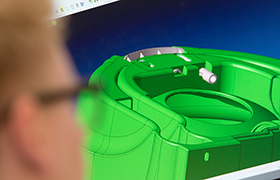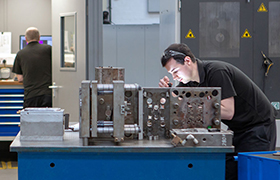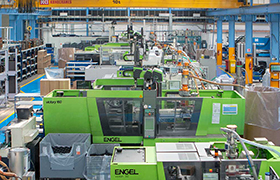DESIGN FOR BEHAVIOUR OVER TIME
When designing products consideration needs to be given to any stress that may be applied or other factors affecting performance over a period of time.
CREEP
Plastic materials have a memory effect. If the plastic is stressed below its elastic limit for a short period of time, it will return to its original shape. If it is stressed for a long time, even below its elastic limit, the molecular arrangement within the part will change so that when the stress is removed the part will not return to its original shape. This phenomenon is known as ‘creep’ and the amount of creep that occurs is dependent on the material stress applied, temperature and duration. Certain chemicals coming into contact with a polymer can also cause creep.
As with other performance factors, creep will vary dependent upon material, amount of load or stress, temperature and duration. Creep can be worsened if a part is to be stressed under extreme temperatures. Lower temperatures tend to increase the brittleness of the material so the part will have a greater tendency to break rather than flex. At high temperatures the part is more ductile so a lower amount of stress would be required to permanently deform the part.
The rate of creep for filled and fibre reinforced polymers is significantly lower than that of unfilled materials. Creep can be either excessive deformation or an actual fracture of the component.
FATIGUE
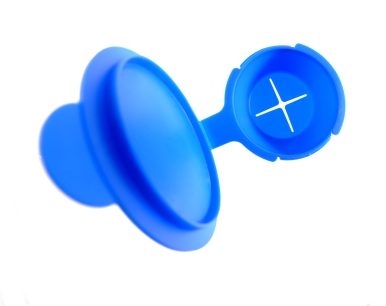
Fatigue is where stress applied is of a cyclical nature. The load is not generally great so that a single application would not result in failure of the part. An example of this would be a living hinge – that is a thinner section of plastic joining two parts and acting as a hinge. Over time the stresses applied would be likely to result in the part failing. Design of the hinge and choice of polymer would be dependent upon the number of times the hinge is likely to be flexed.
Similar effects can be seen in parts subjected to vibration or repeated impacts.
WEAR
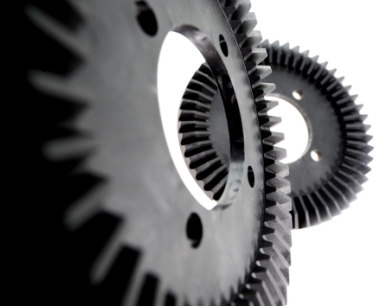
Wear is another time related factor that would apply to components such as bearings or gears. It can be wear through friction at the point of contact between two materials, erosion where surfaces of different hardness are in contact or fatigue as a result of stress exceeding the endurance limit of the material.
WEATHERING
Within this section it is worth considering weathering as this also affects behaviour over time. Many thermoplastics have poor long term resistance to weather. Ultraviolet radiation and oxidation can affect colour, transparency and material properties.
Some plastics, such as acrylics, have excellent inherent properties suited to outside use. Other materials require the addition of stabilisers or coatings to improve their performance in outdoor applications, e.g. polypropylene.
FURTHER READING OR LINKS TO ALL GUIDES?
- Design Guide
- Design Development
- Design For Appearance
- Design For Assembly 1
- Design For Assembly 2
- Design For Assembly 3
- Design For Cost Consideration
- Design For Economy
- Design For Mouldability 1
- Design For Mouldability 2
- Design For Mouldability 3
- Design For Precision
- Design For Recyclability
- Design For Stiffness
- Design For Strength
- Design For Time
- Design Summary
- Flame Retardancy
- Flexibility
Free design guide



